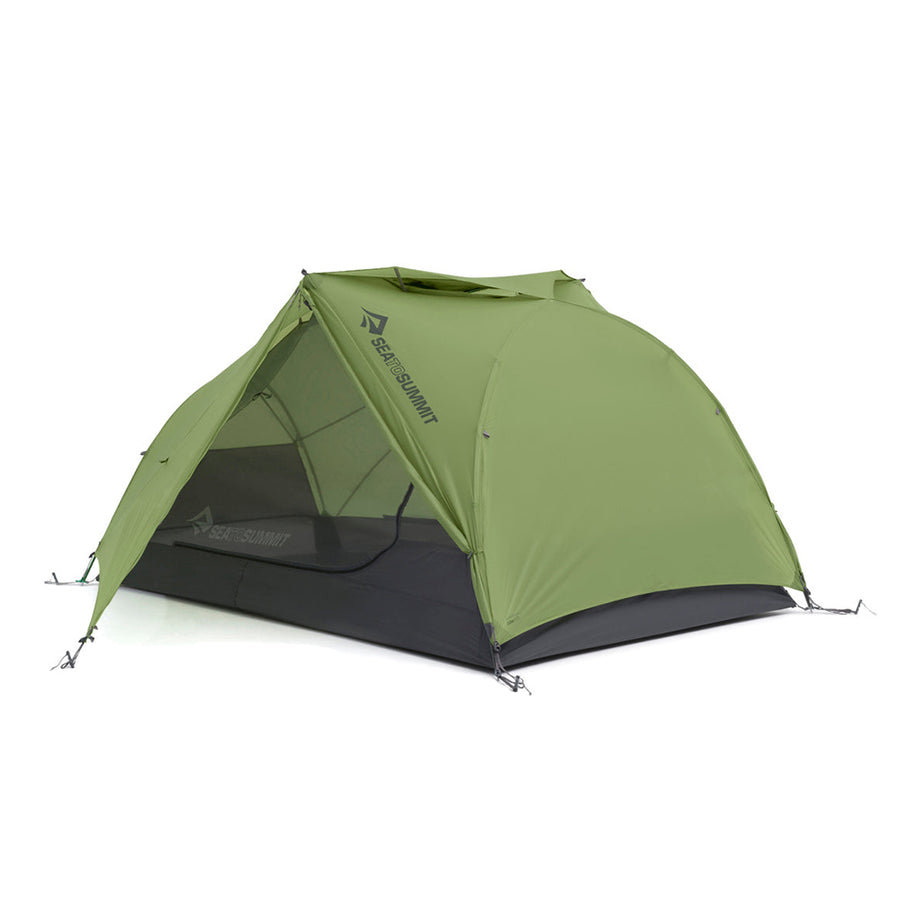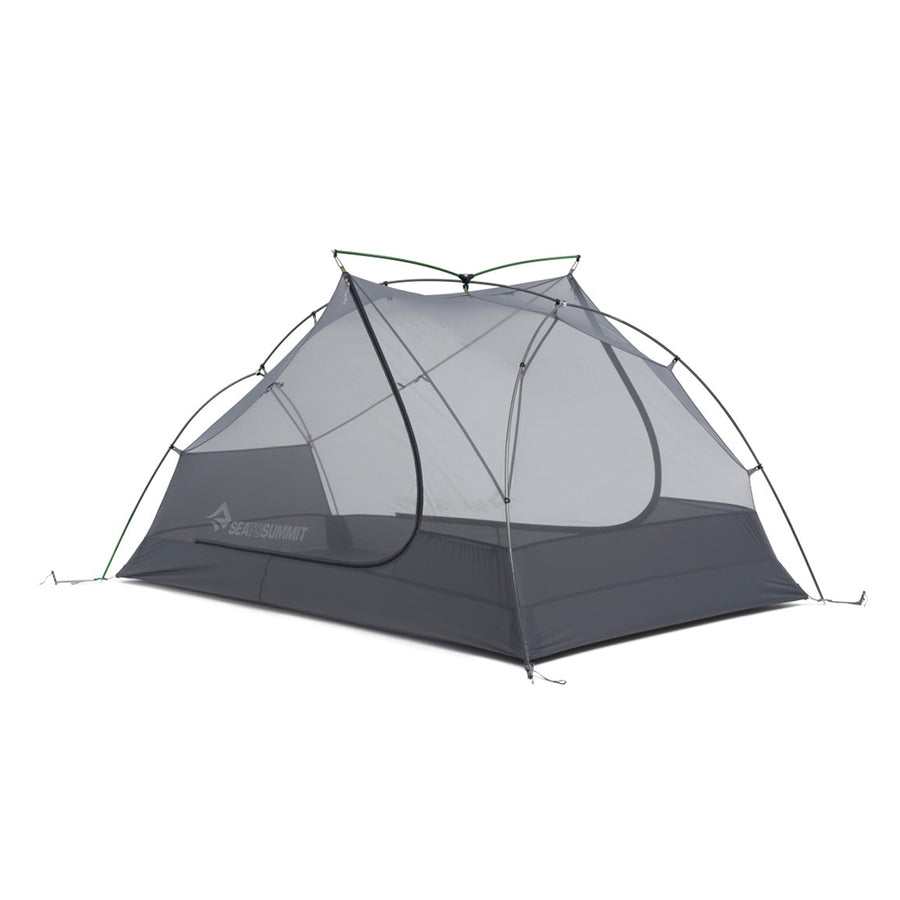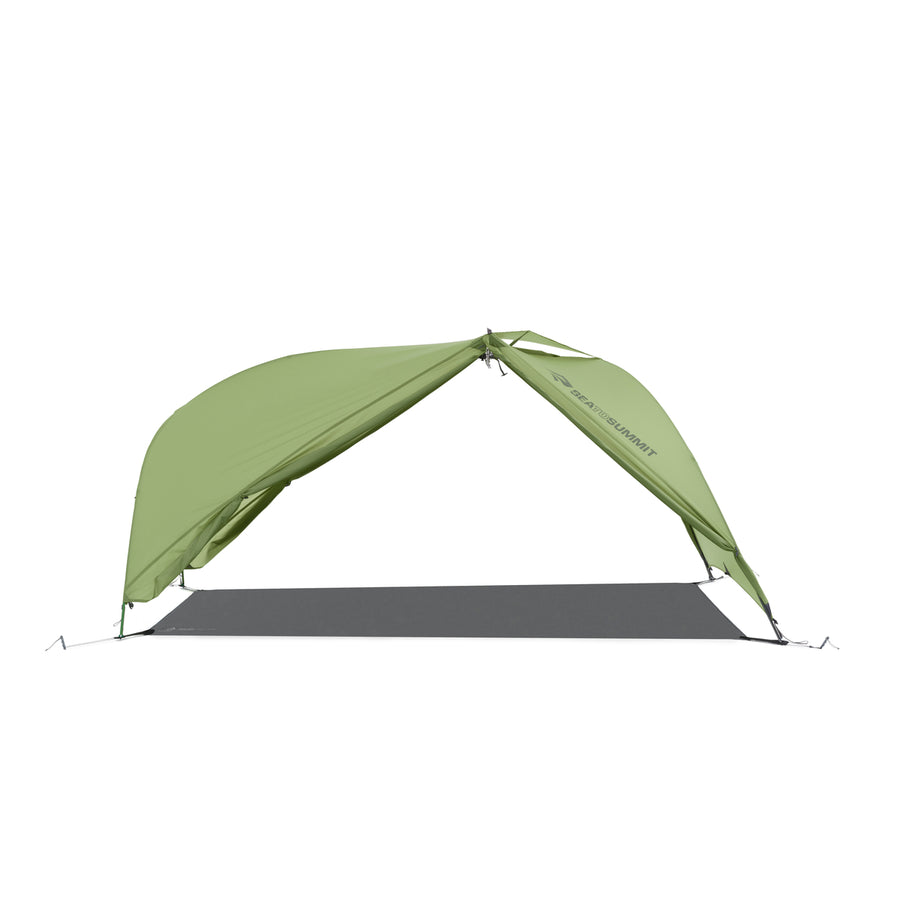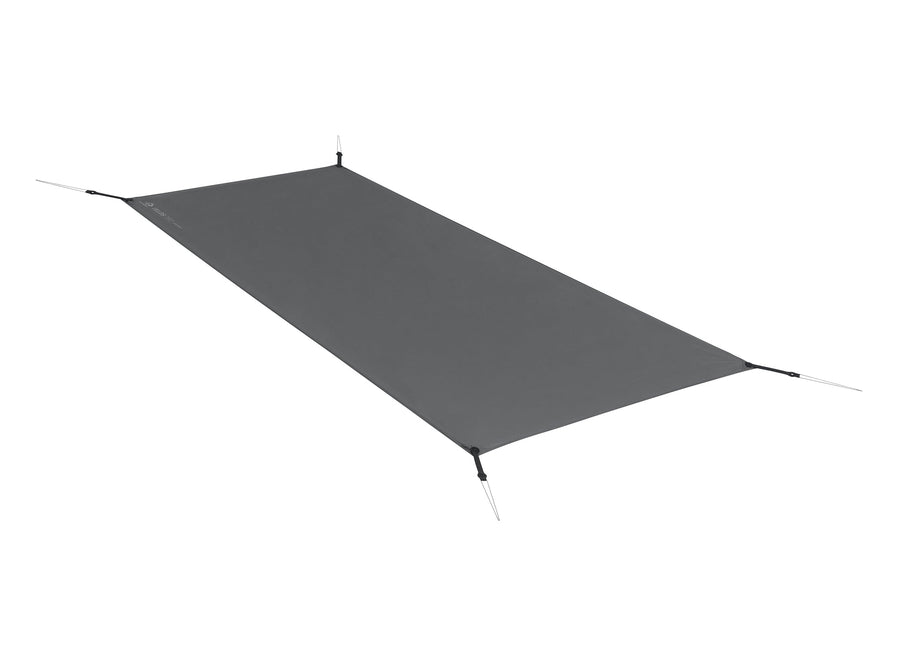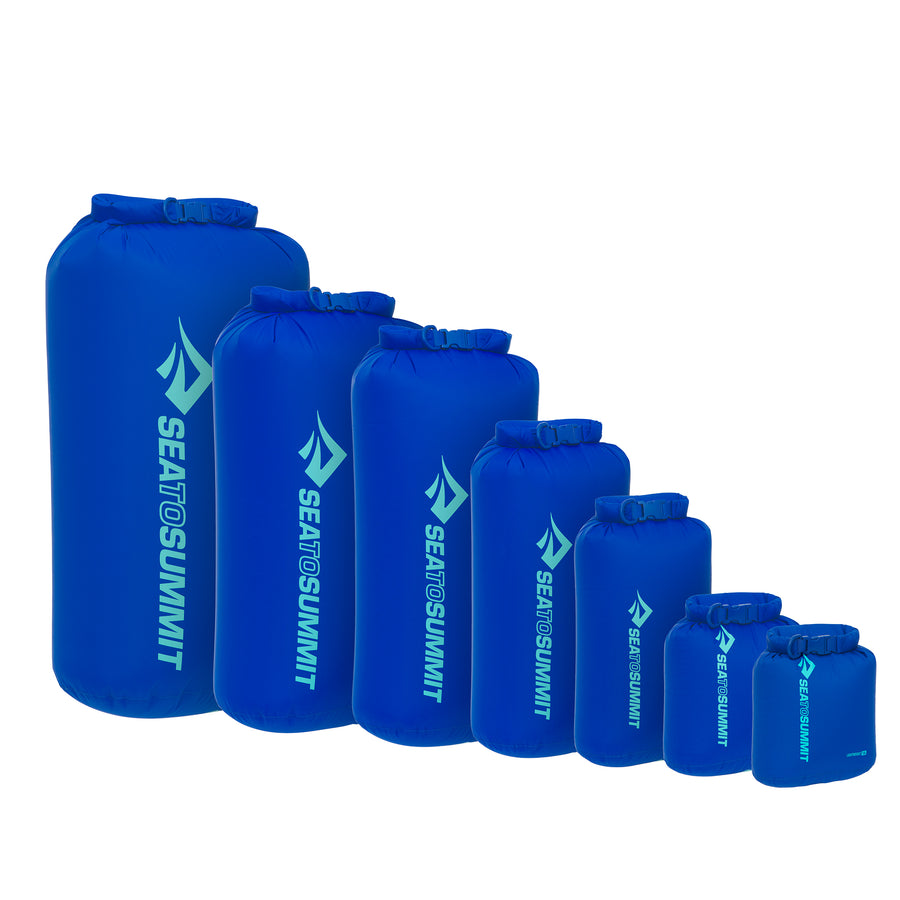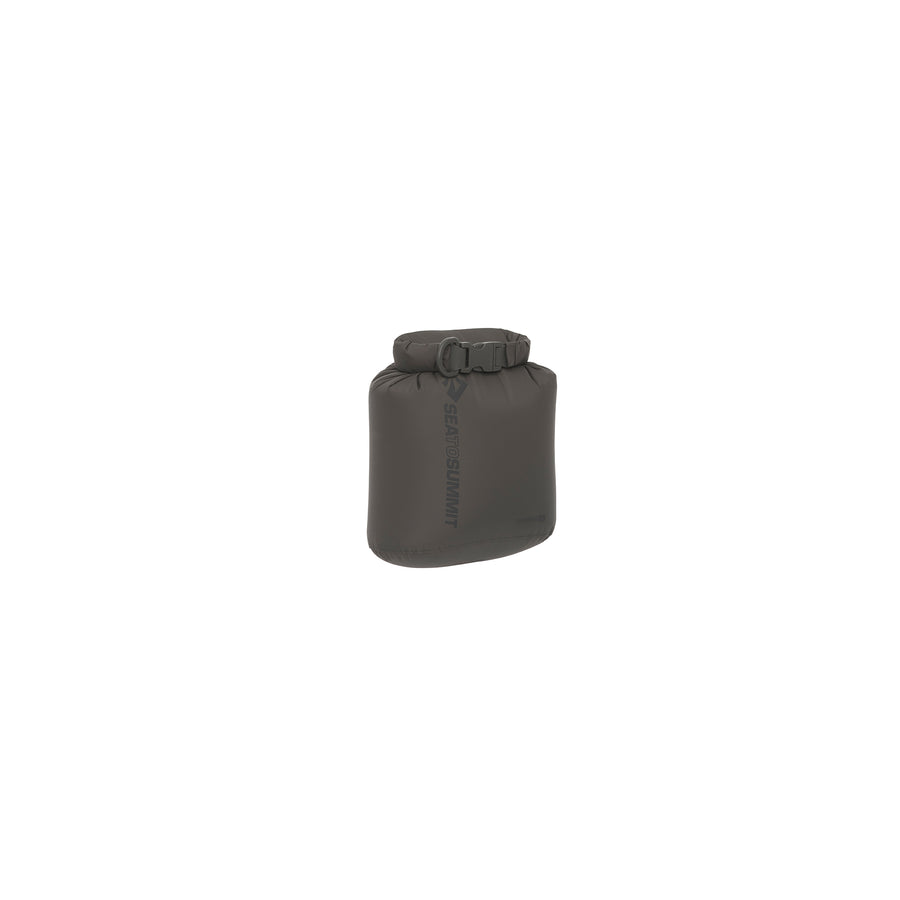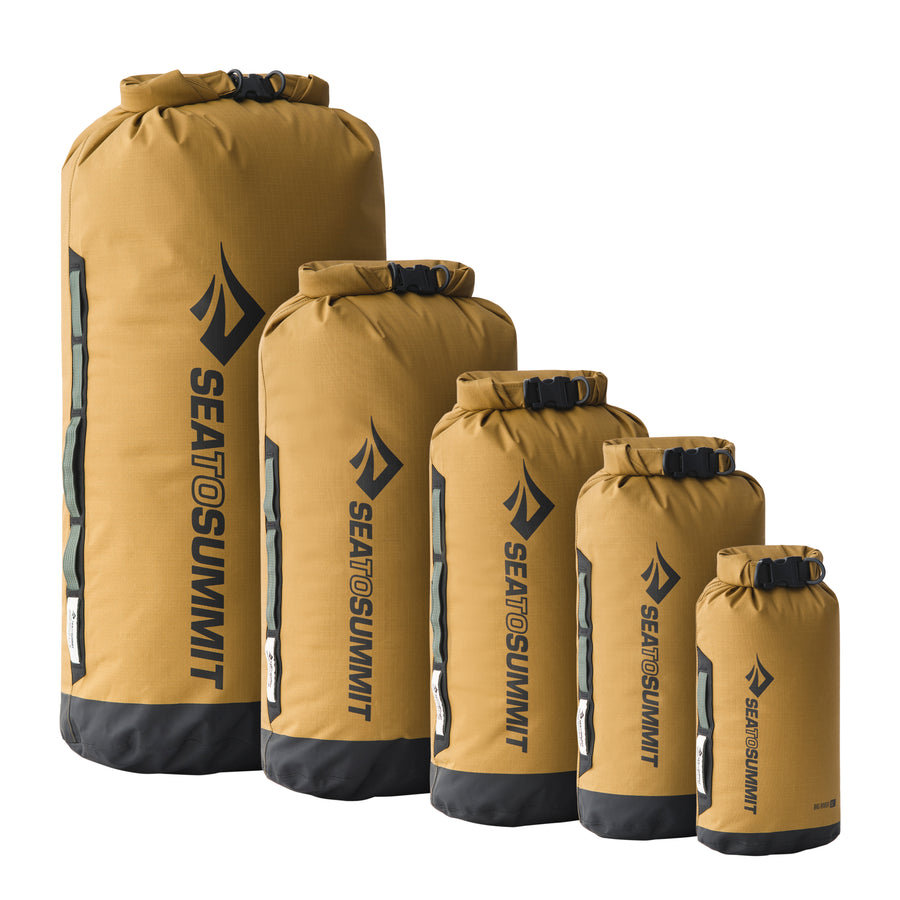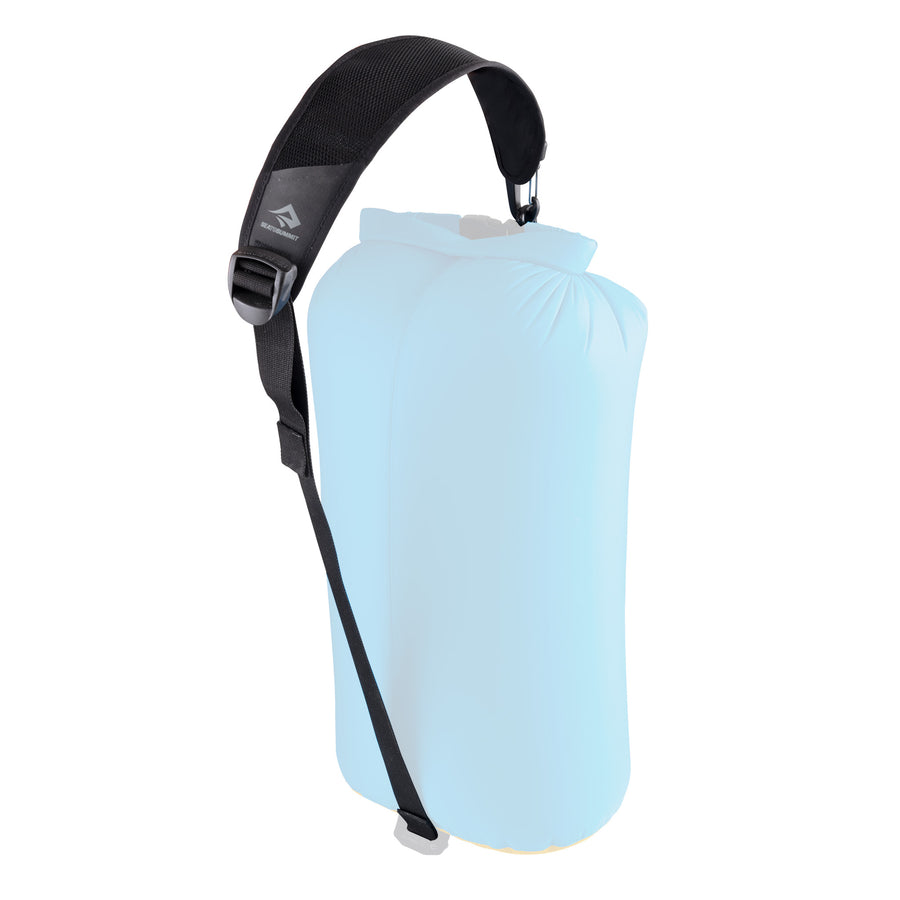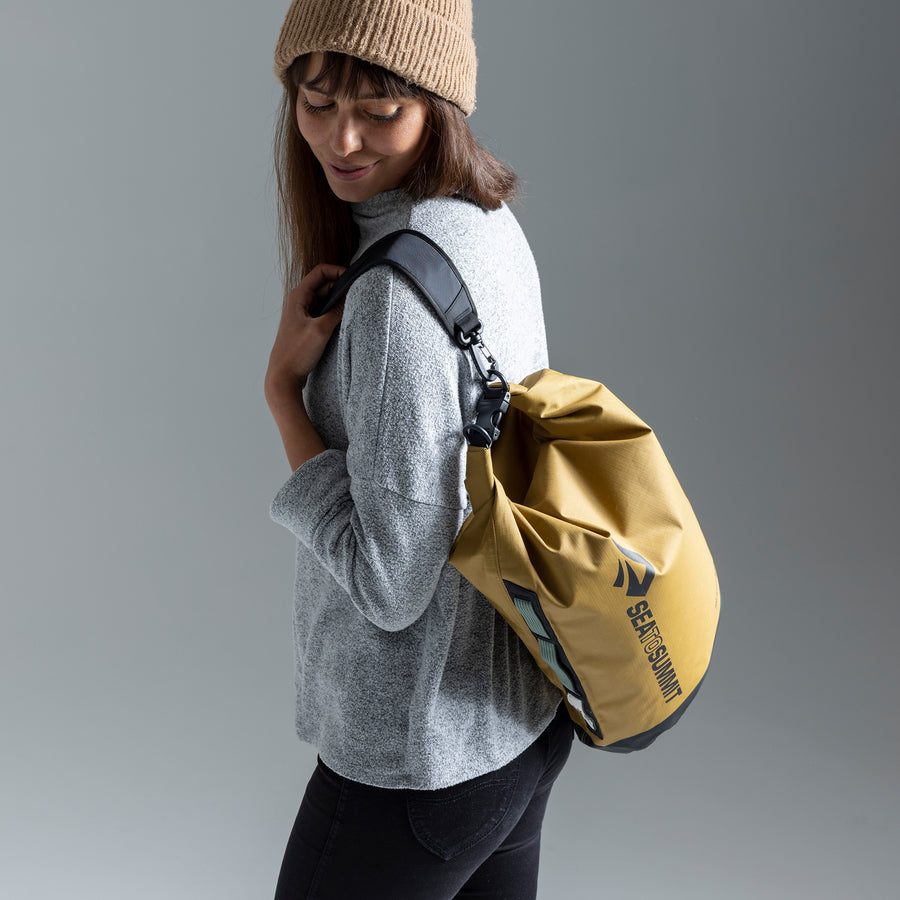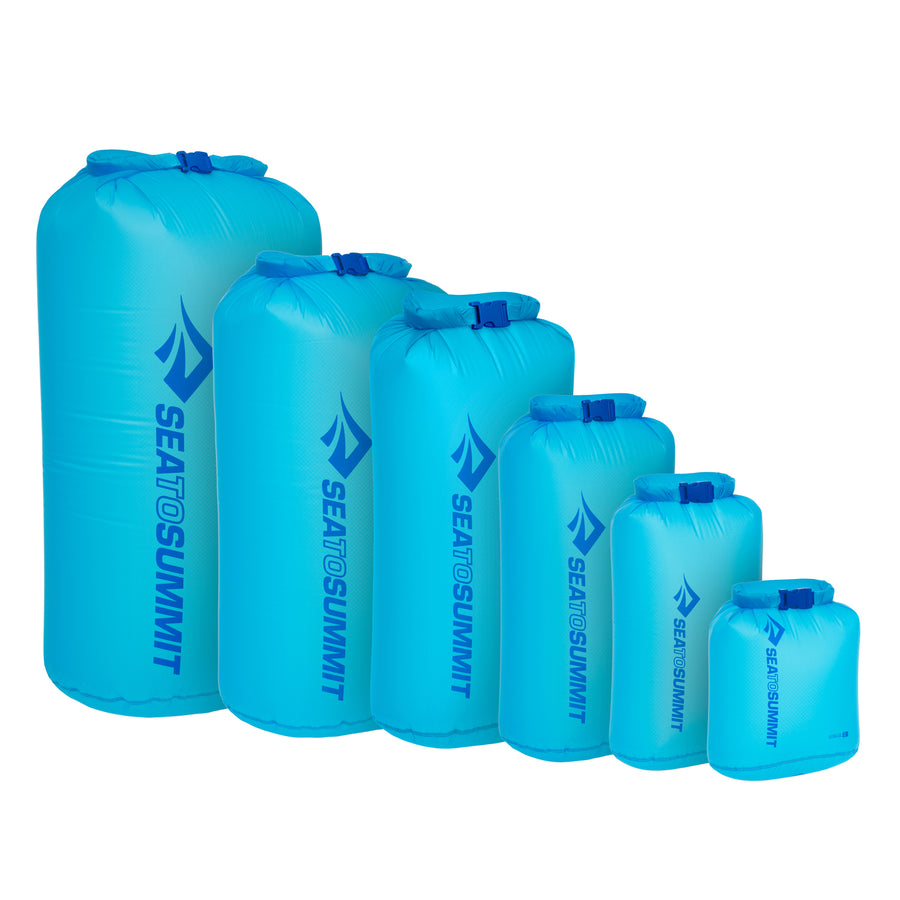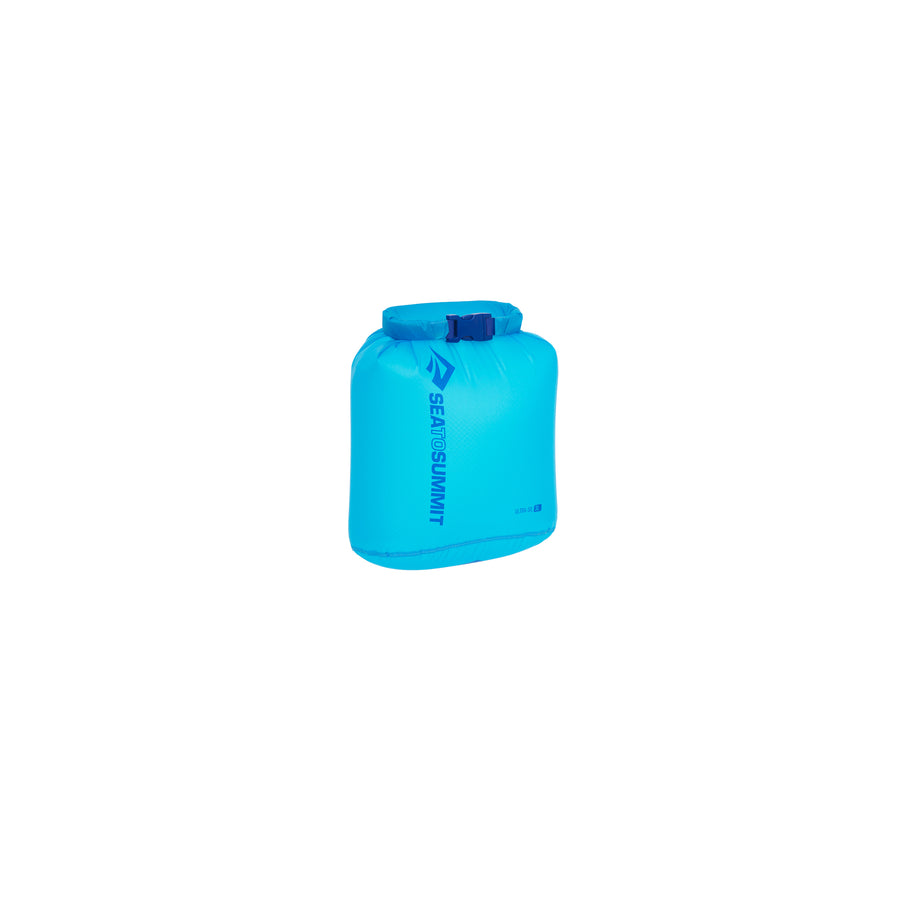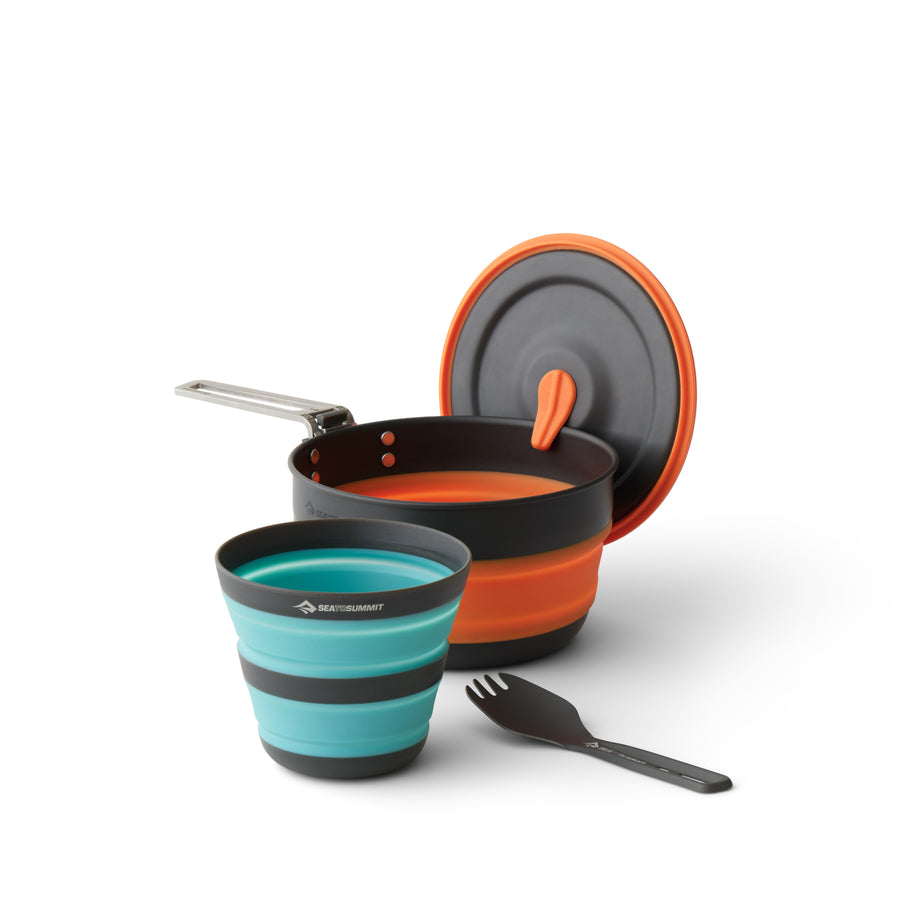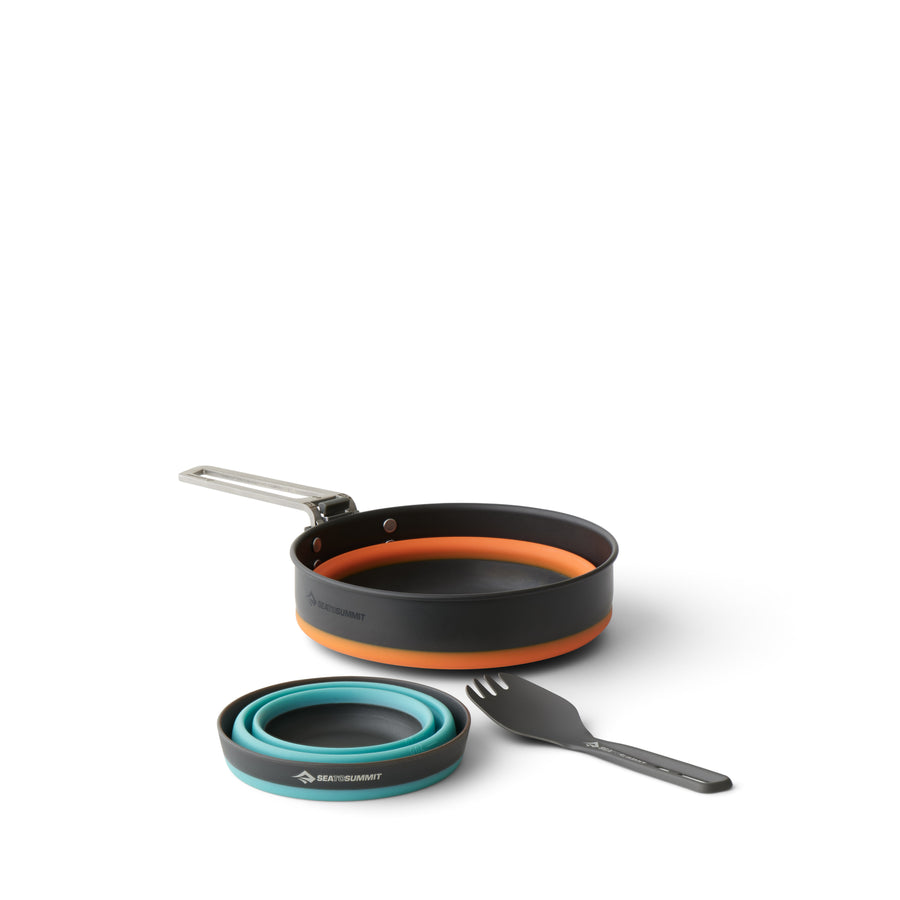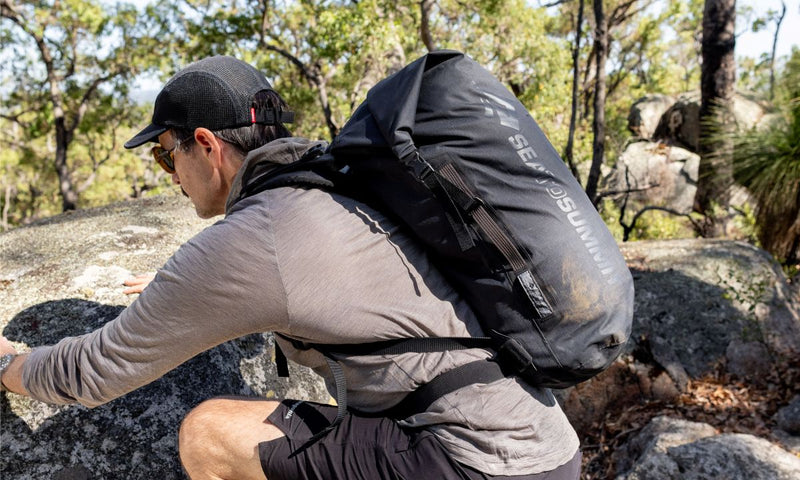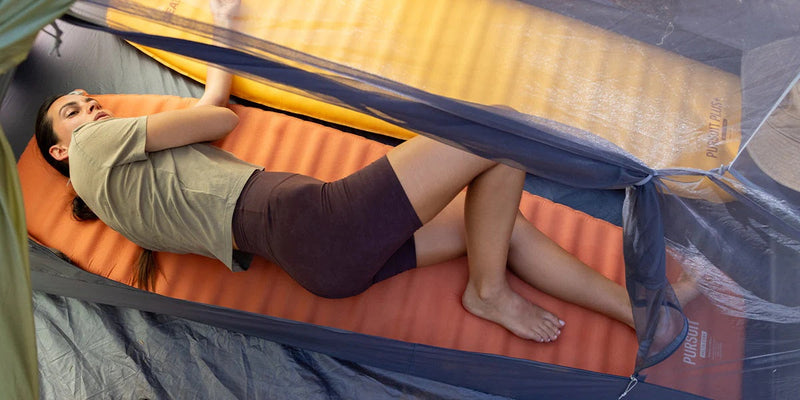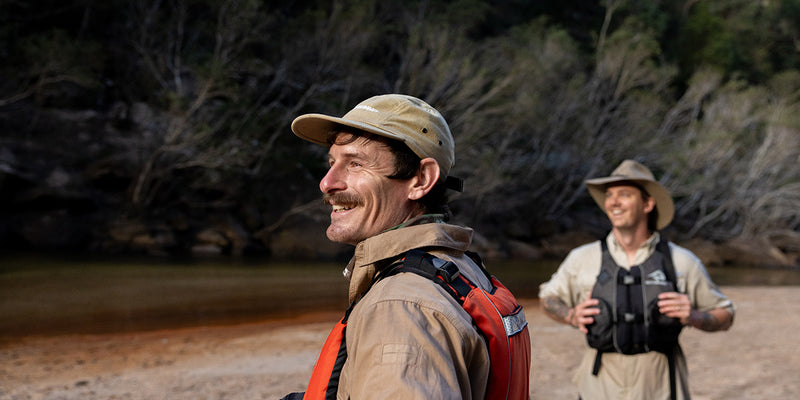The Best Ultralight Backpacking Tents we Could Imagine: Alto and Telos

In our 30 years of designing and testing camping gear, we've spent countless hours in ultralight backpacking tents. And we've seen them change a lot over that time.
Backpacking tents seem to get lighter and lighter every year - but not necessarily better. Of course, the phrase ultralight backpacking tent is like music to a hiker's ears (including ours). But should comfort, versatility and quality be sacrificed for a few grams?
In our true gear geek nature, we've spent countless nights staring at tent ceilings, thinking about what is and isn't good about the ultralight backpacking tents we use.
Though there are a lot of backpacking tents out there, we knew from our own experiences that there was a lot of room for improvement. So about three years ago, we set ourselves a challenge: To design the best ultralight backpacking tents we could imagine.
To do that, we looked at the good, the bad and the ugly of the best ultralight tents on the market. We pored over every little detail. We had about a million conversations amongst ourselves and with our customers. And, in the end, we knew what areas we wanted to focus on - space, ventilation and versatility.

CREATING A SPACIOUS, ULTRALIGHT TENT
Don't get us wrong, ultralight tents are popular for a good reason—the longer your journey the heavier your pack becomes. However, as tentmakers race to the bottom of the scale, tents have gotten smaller and smaller—with less and less functionality too.
If you've ever wound up in a two person backpacking tent that isn't really meant for two people (perfect if you and your camping buddy want to spoon), then you'll know what we're talking about. Tent designers have been sacrificing usable space to get a lighter product. It's happened so incrementally that you would have barely noticed the walls and ceiling closing in on you until you got a face full of fabric.
To make tents lighter, usually head height is sacrificed across the width of the tent. When you sit up in a tent like this, you end up craning your neck into the apex. That might be manageable when you have a tent to yourself, but it really cramps your style when you're sharing.
Another space issue? The sharp angle of the tent walls. You know when your head gets smooshed into the side of the tent because of the borderline—aggressive slide? We don't love that because a) who wants a smooshed face? And b) touching the tent mesh with your face lets condensation in. You really don't want that.

VENTILATION
Tents are breeding grounds for condensation. They can get hot and stuffy when camping in summer and damp when camping in winter. To cut out condensation—and drips on your forehead in the middle of the night—you need good ventilation. Yet most ultralight backpacking tents have vents placed right down the bottom. Given that hot air rises, that doesn't make any sense. It seemed obvious to us that the vents should be at the top of a tent. That way, warm, moist air can actually escape.
So we decided our ultralight backpacking tent needed to have more space and better ventilation.

VERSATILITY
The golden rule of the wild is expect the unexpected.
We've all been in the situation where you get to camp and it starts pouring. Wouldn't it be great to have somewhere sheltered where you can all hang out, play cards and have some snacks together? Tiny ultralight backpacking tents don't allow such frivolity—instead, you have to hide away in your separate tents.
You can't always take advantage of the weather either—can't sleep under the stars on a warm, clear night or make the most of an unexpected breeze. We wanted to design a tent with multiple setups so you can make the most of your surroundings.
It's not surprising that these details weren't at the forefront of most designer's minds—it's not life or death. But they can make your camping trips infinitely more comfortable and enjoyable.

INTRODUCING OUR ALTO AND TELOS TENTS
To achieve everything we wanted to achieve with our tents, we collaborated with designer Jake Lah, the father of modern tent architecture, to design the Alto and Telos—the best ultralight backpacking tents we could imagine.
Also at the helm of his own 30-year-old design and manufacturing company, DAC, Jake had saved some of his best ideas for this collaboration.
"It was a true partnership—which is unique," said our Head Designer and Owner, Roland Tyson. "Jake had lots of design ideas that he had been waiting to share with the right design company—he hasn't done that with anyone else."
This game changing technology was the Tension Ridge.

TENSION RIDGE TECHNOLOGY IN ULTRALIGHT BACKPACKING TENTS
The Tension Ridge raises the bar for ultralight backpacking tents—both literally and figuratively. This antenna-like structure angles up to create more space and raise the ceiling height without sacrificing lightness.
With Tension Ridge, it's easier to sit up, get changed, stretch and get in and out of the tent (especially if you're tall. And thanks to the taller doors, you get better views outside!
With a higher ceiling, our tents' walls are near-vertical rather than aggressively tapered like a lot of other ultralight backpacking tents out there. That also means there's more room for thicker (read: comfier) pillows and sleeping mats—and you'll never squash your face into the tent wall and let in condensation.
The new technology also allowed us to implement a truly—effective venting system—creating a climate-controlled tent.
"The Tension Ridge gives the opportunity to put the vents in a higher spot," said Roland. "No one has ever done that before, even though it's the most obvious thing to do."
By placing the vents up high, we've improved the ventilation of our tents by 60% compared to other leading tents in this class. When you have better airflow, you get less condensation and humidity than other tents - 31% less humidity to be more precise. No more stifling heat in your tent in summer. And no dripping ceilings.


Finally, we made our tents super adaptable. You don't want to go outdoors to be stuck in a nylon cell. Our ultralight tents help bring the outside in (when you want to). The Telos has a whole smorgasbord of setup modes for different weather. You can choose a set-up of inner only, fly + inner, partial fly, or fly only.
The range of setups improves the social factor of camping too. We don't always go outdoors to be alone. Sometimes we just want to spend some quality time with our mates.
"My personal favorite feature is the Hangout Mode," said Roland. "I see that being so useful when you're camping when it's raining. Everyone has to set up their tent and go and hide away. With the Hangout Mode, you've got a social way to go camping."

ULTRALIGHT BACKPACKING TENTS DESIGNED DOWN TO THE DETAILS
We'll let you in on a little secret: We actually got our first sample tents a few years ago. Even though we felt like we'd pretty much achieved everything we wanted to achieve, we knew 'pretty much' wasn't enough.
So we zeroed in on the details of our new tents. We added a Lightbar, an easy one-handed fly clip and more storage. Then, we improved the guylines and peg out points. The lightweight tent pegs were designed to hold tight in the wildest of conditions. We also created a modular tent storage system that allows you to split the load between campers.
Making good design great is all about perfecting those finer details. We did just that. So now we bring you the Alto and Telos —tents we truly love to use.




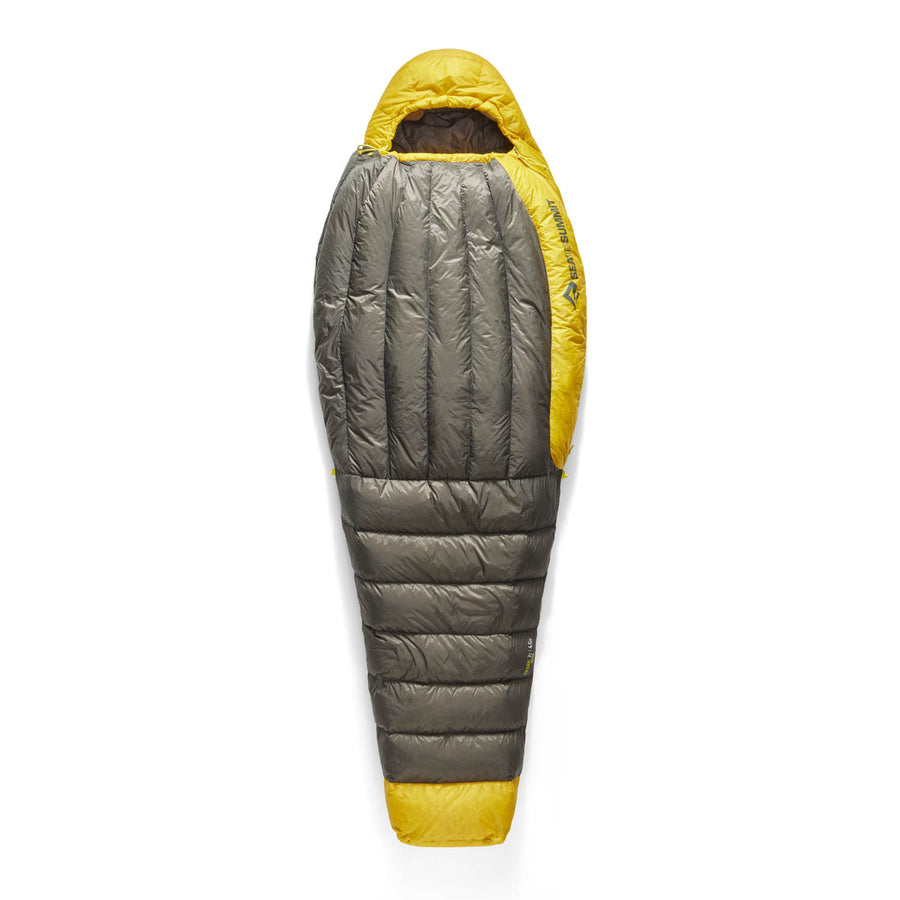
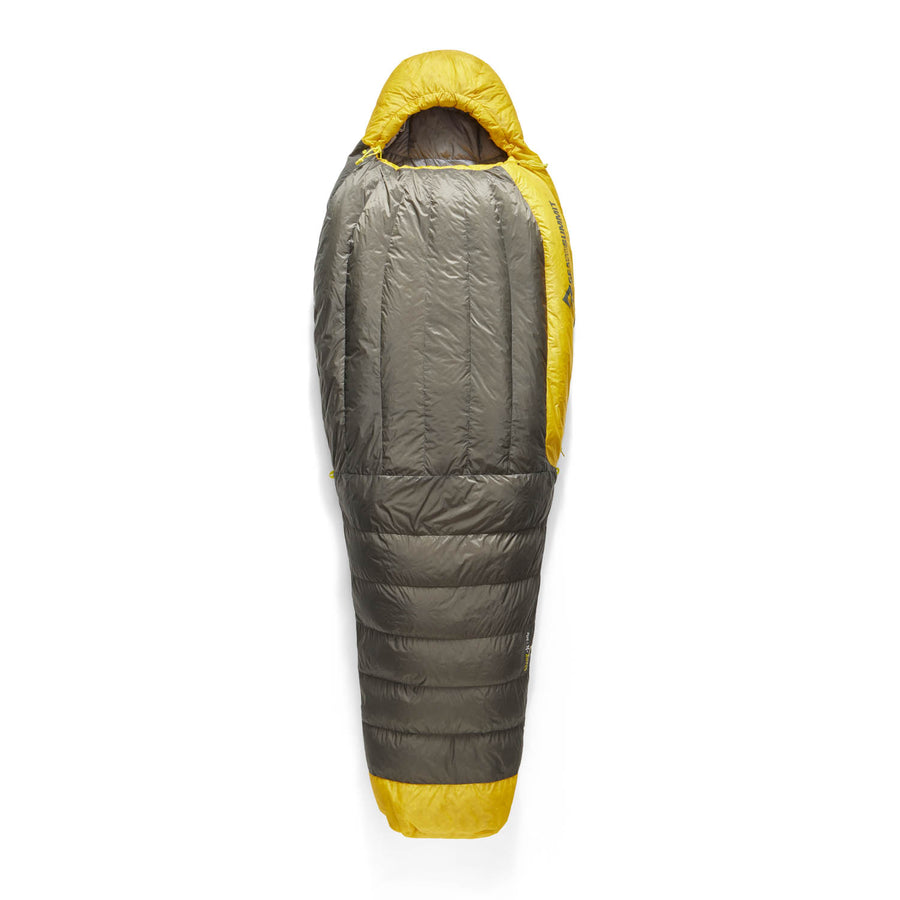
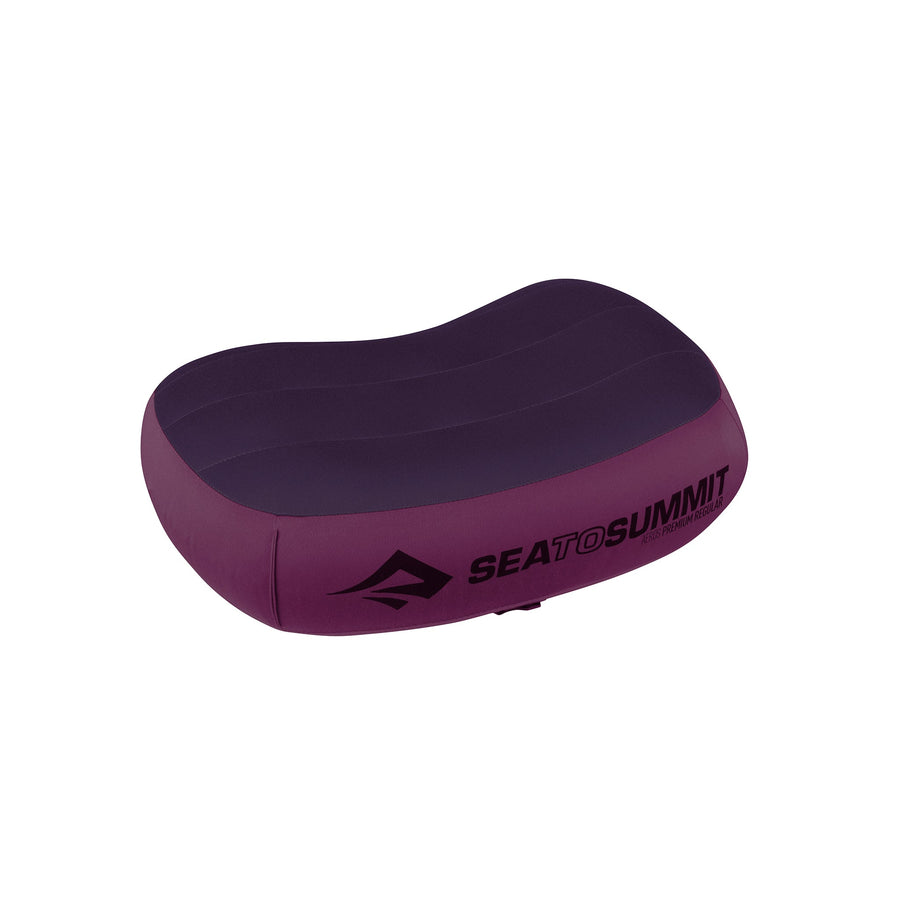
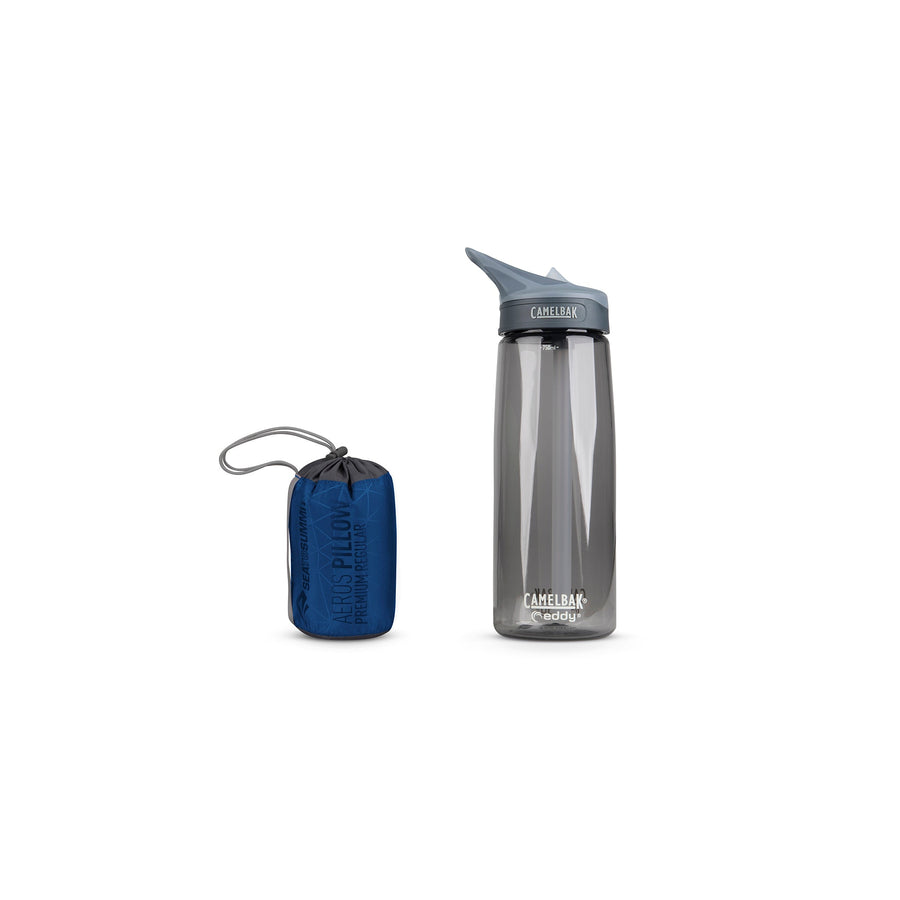
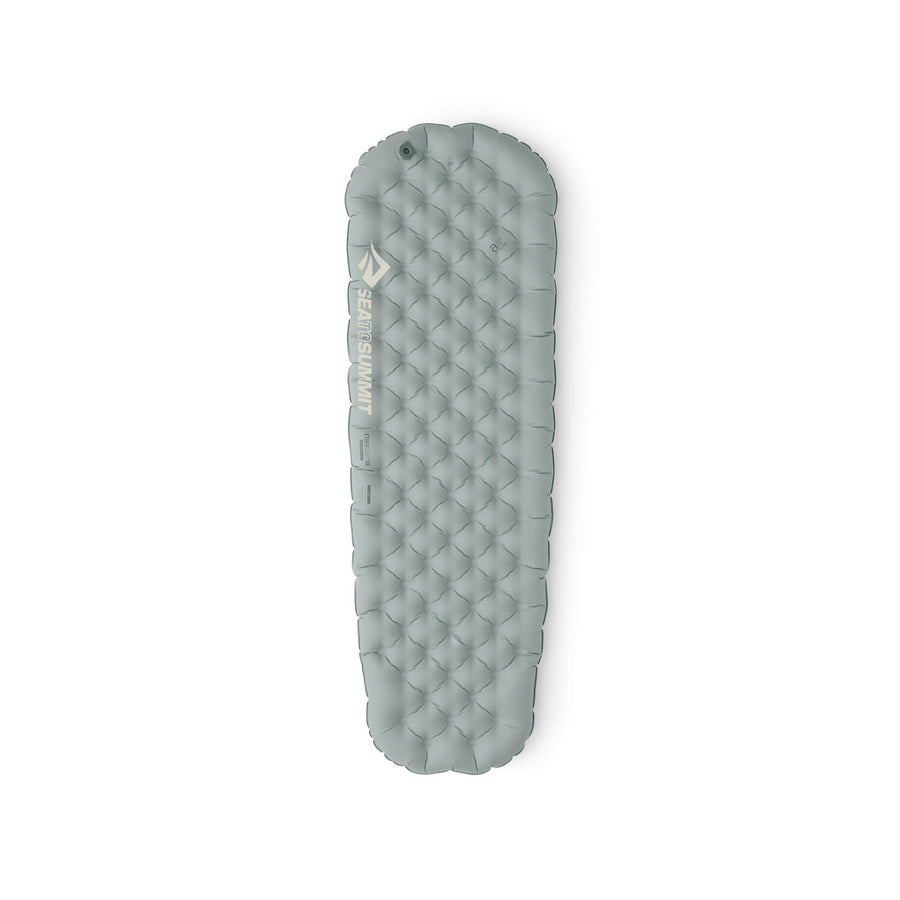
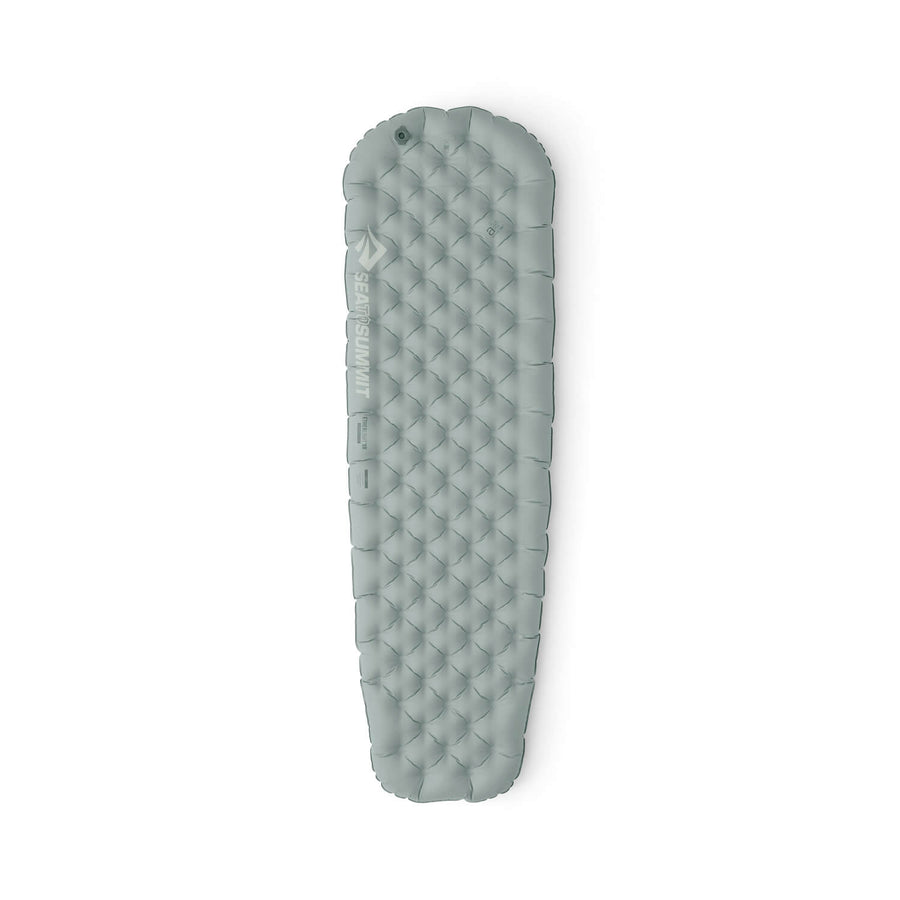
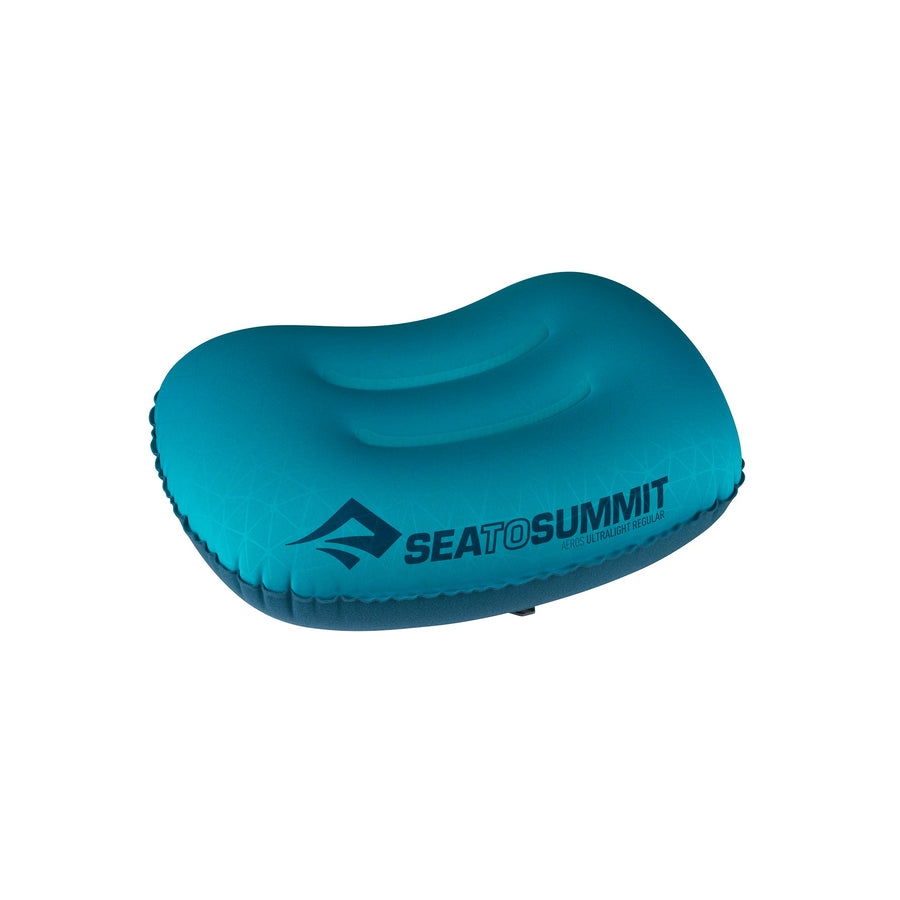
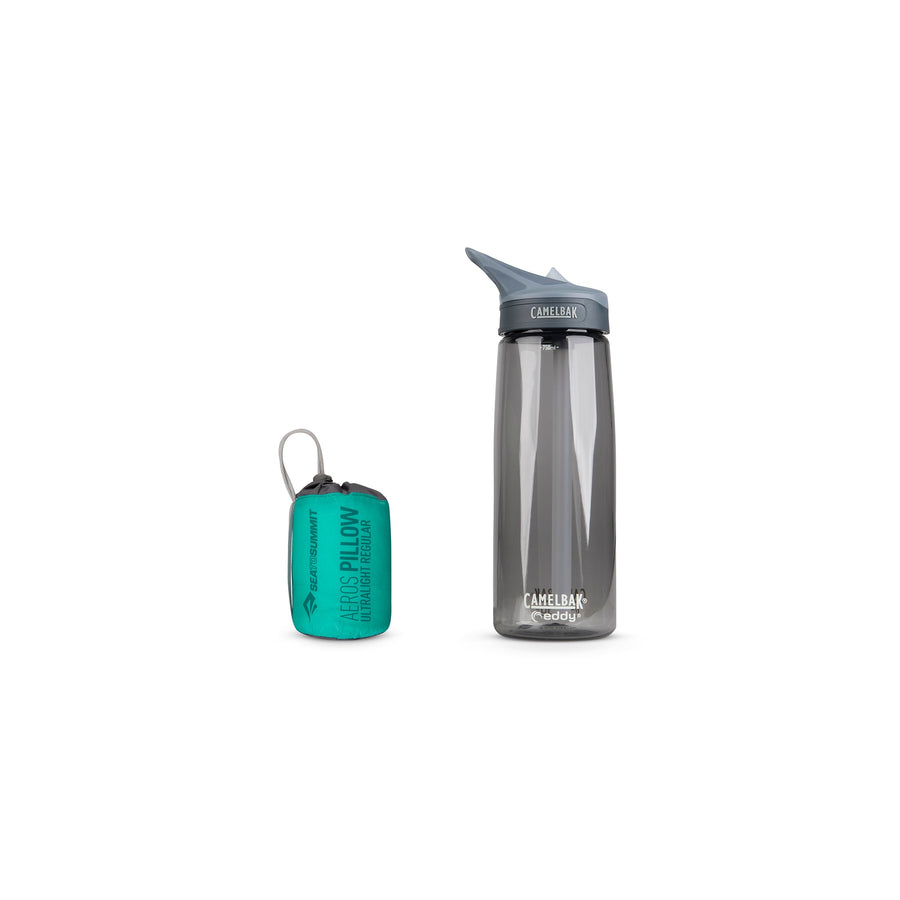
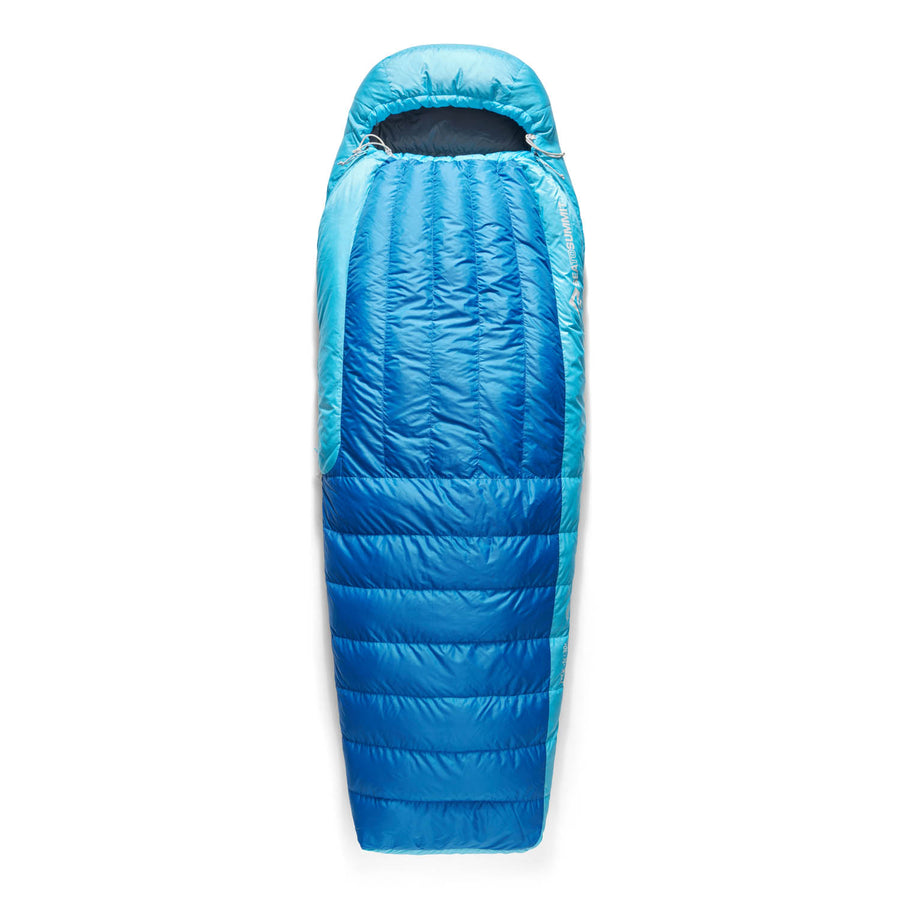
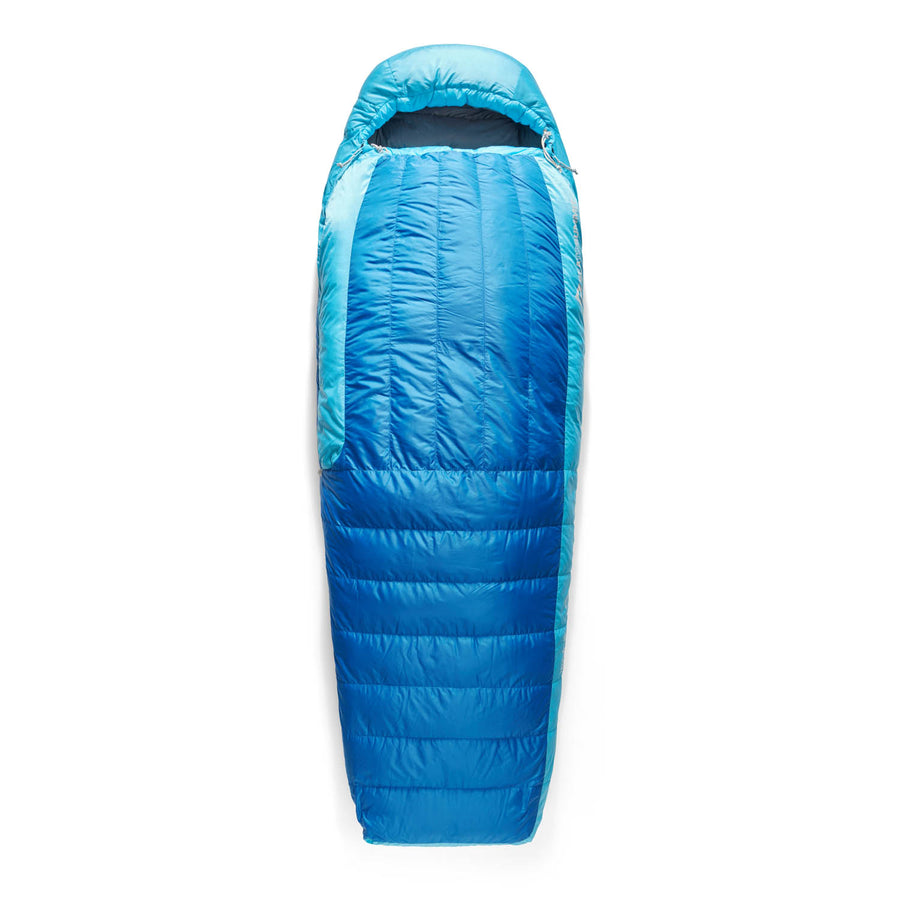
![Frontier Ultralight One Pot Cook Set - [3 Piece]](http://seatosummit.com.au/cdn/shop/files/FrontierULOnePotCookSet1P3Piece1.3LPotWithS-BowlandCup_ACK027031-122114_PRIMARY-1200x1200-9c6bd91.jpg?v=1749433473&width=900)
![Frontier Ultralight One Pot Cook Set - [3 Piece]](http://seatosummit.com.au/cdn/shop/files/FrontierULOnePotCookSet1P3Piece1.3LPotWithS-BowlandCup_ACK027031-122114_ADDITIONAL_1-1200x1200-9c6bd91.jpg?v=1749433473&width=900)
